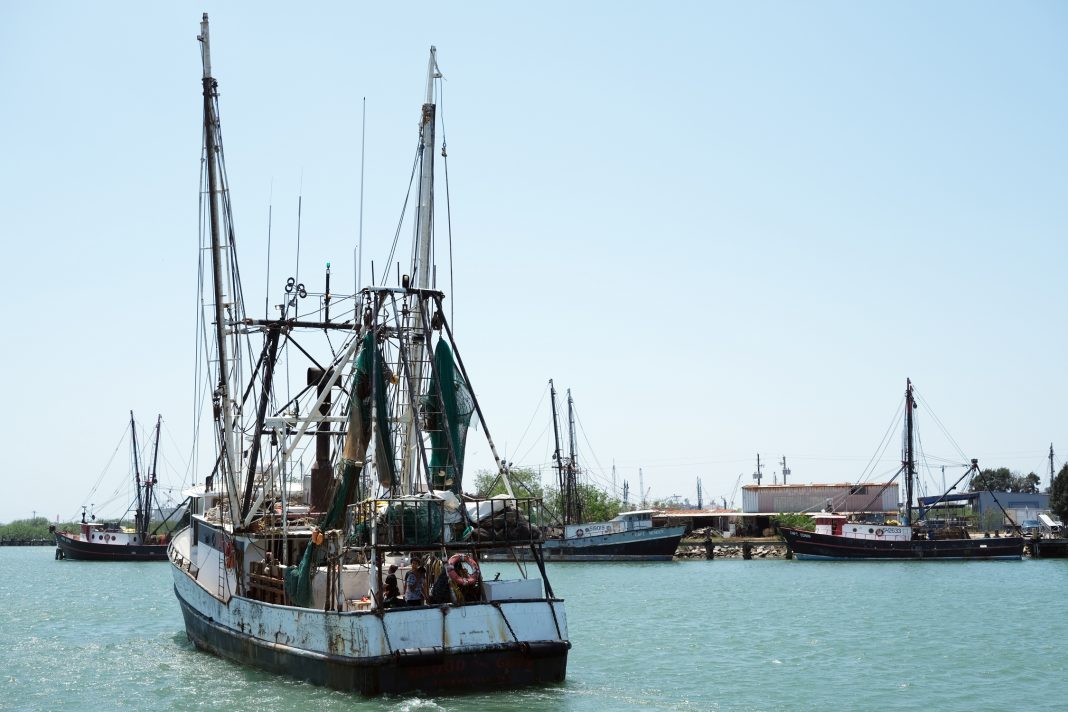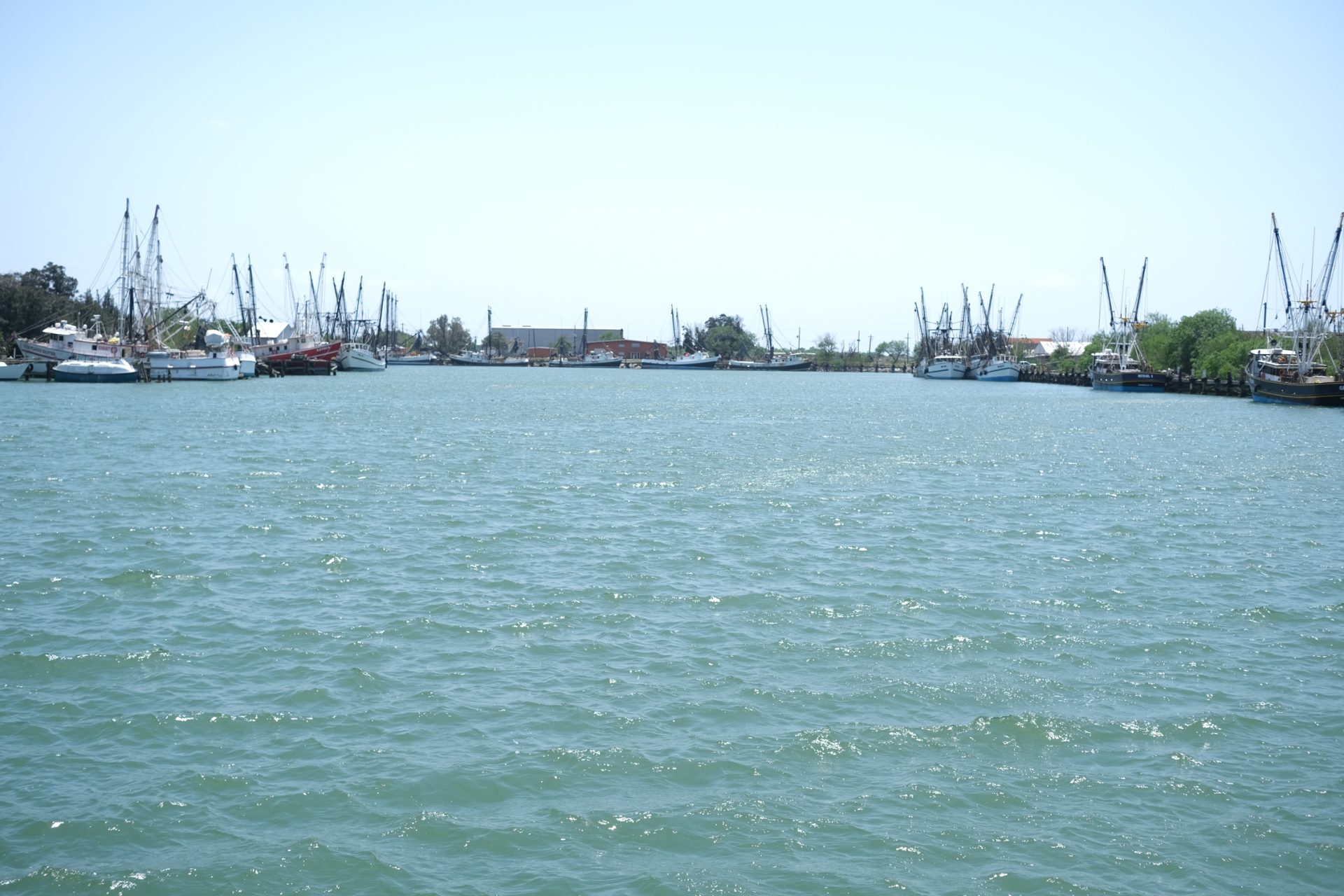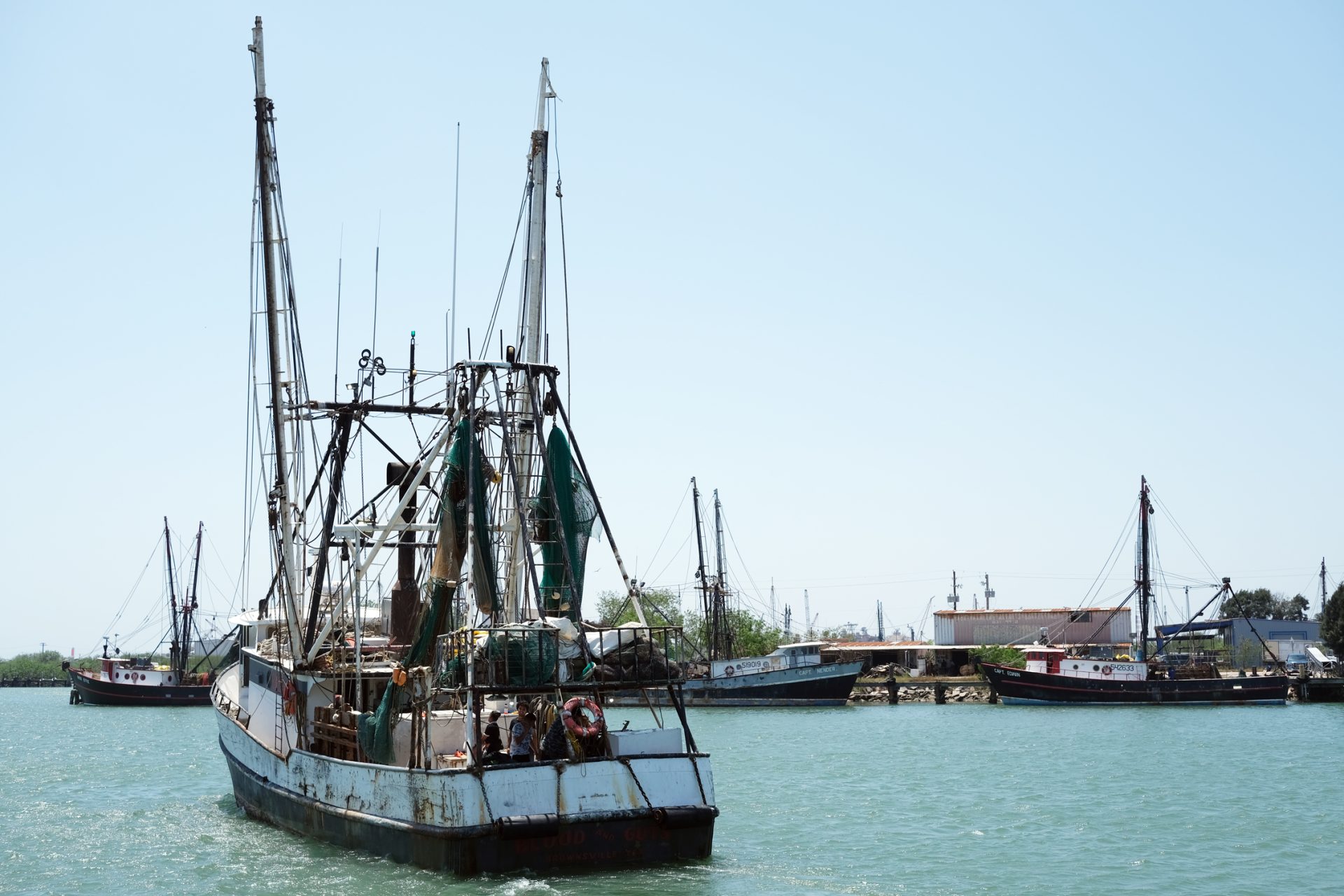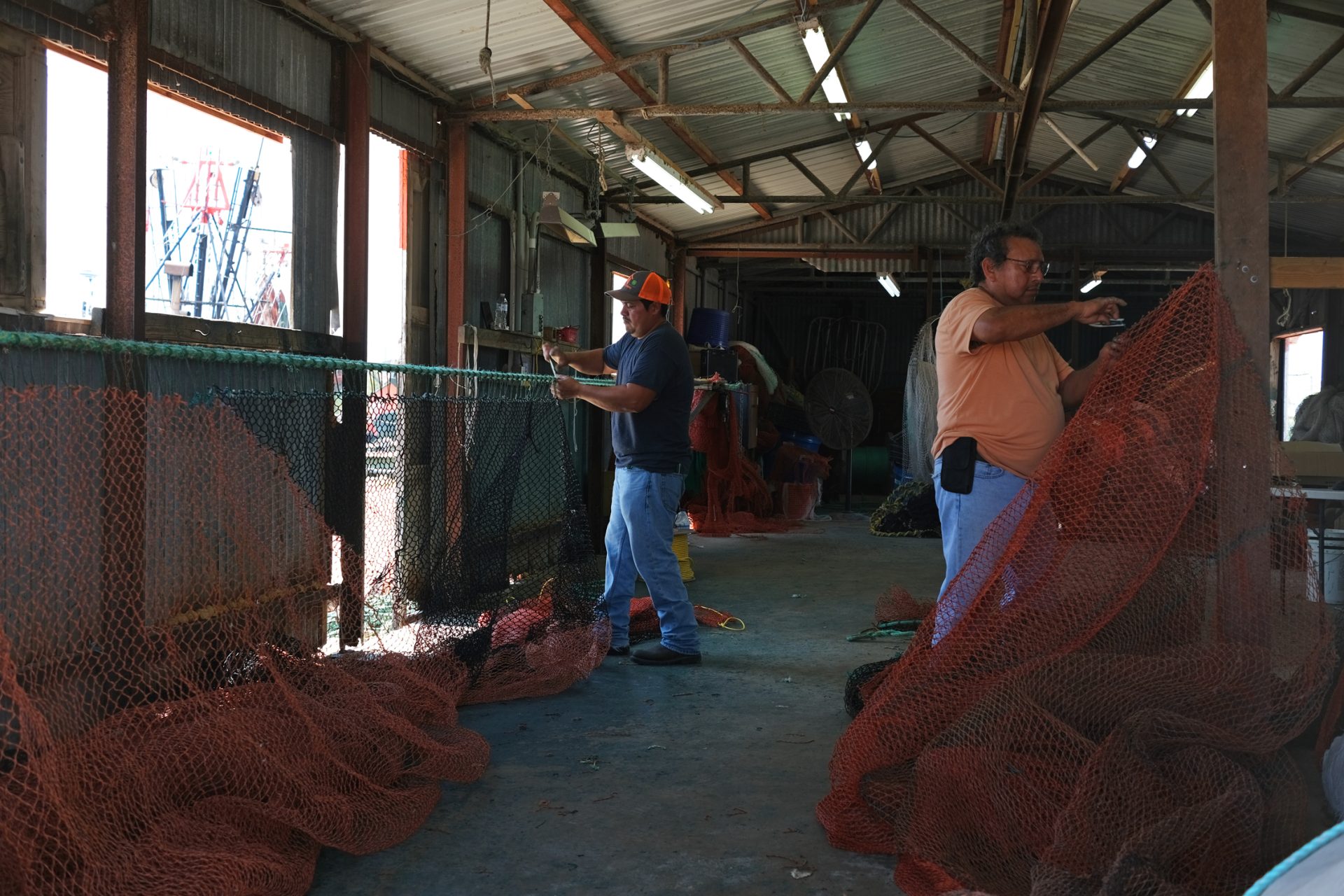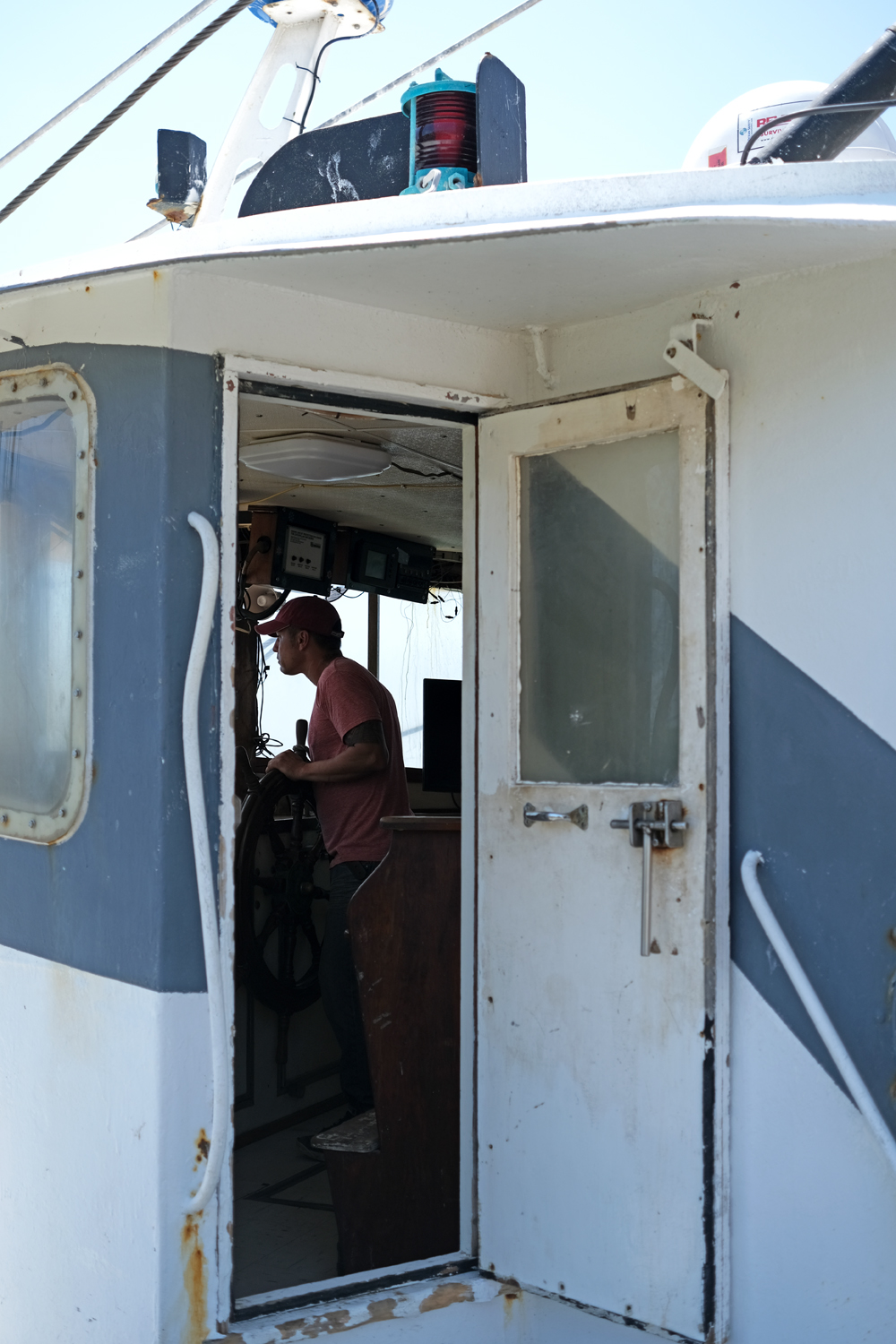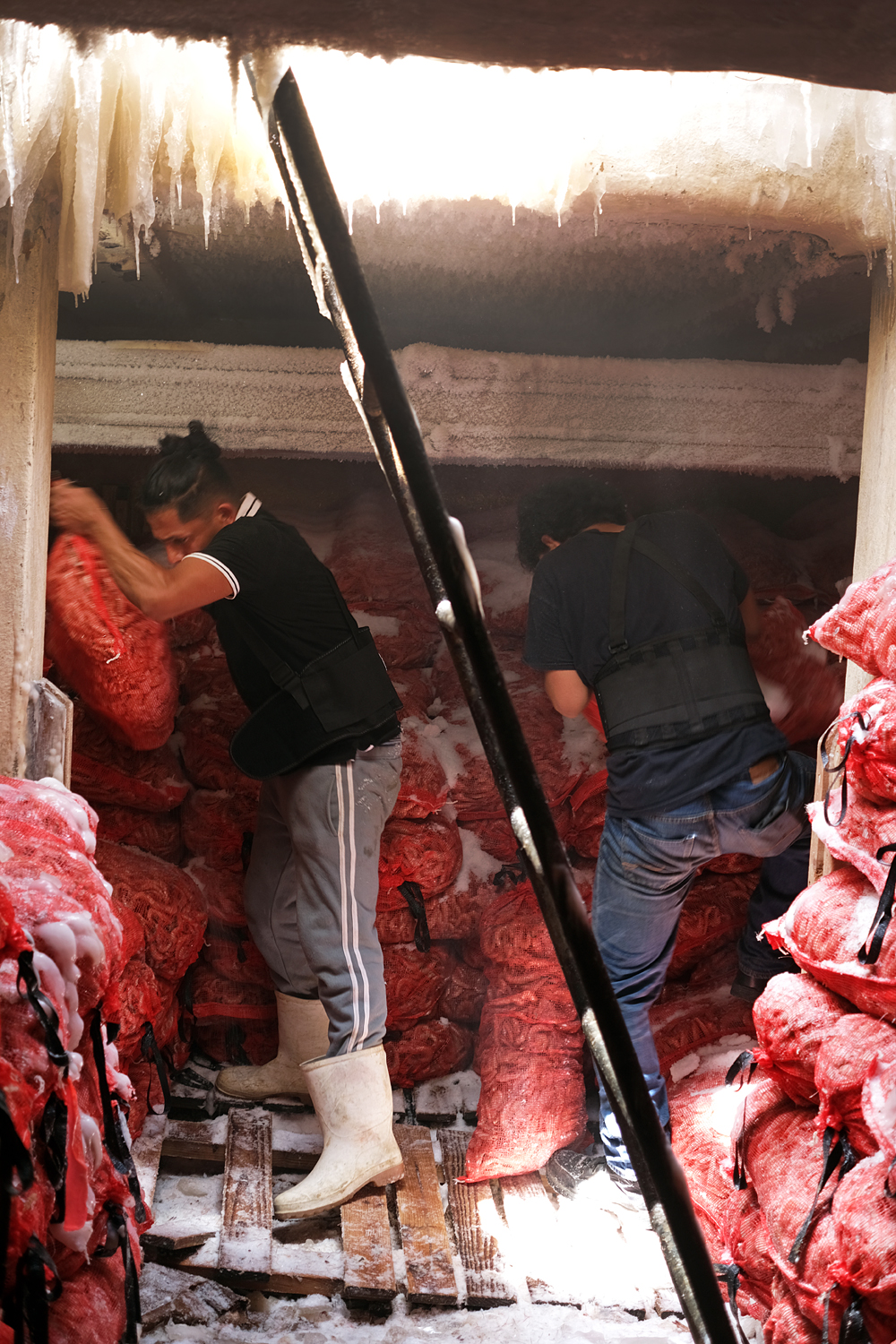For the Texas shrimp industry and the Gulf shrimp industry in general, it’s been a long while since the good news has outweighed the bad for any length of time.
The pandemic, however, unexpectedly produced a rare silver lining last year in the form of higher prices for wild-caught Gulf shrimp. People were eating at home instead of going to restaurants, and they were reading the labels on the shrimp they bought, and they were choosing wild-caught product over less expensive farm-raised often enough to make a difference.
That’s according to Andrea Hance, executive director of the Texas Shrimp Association, citing a study done for the TSA.
“Our sales through the retails outlets, the stores, actually increased,” she said. “That’s originally what pushed our prices up, where they were before the fuel prices jumped up.”
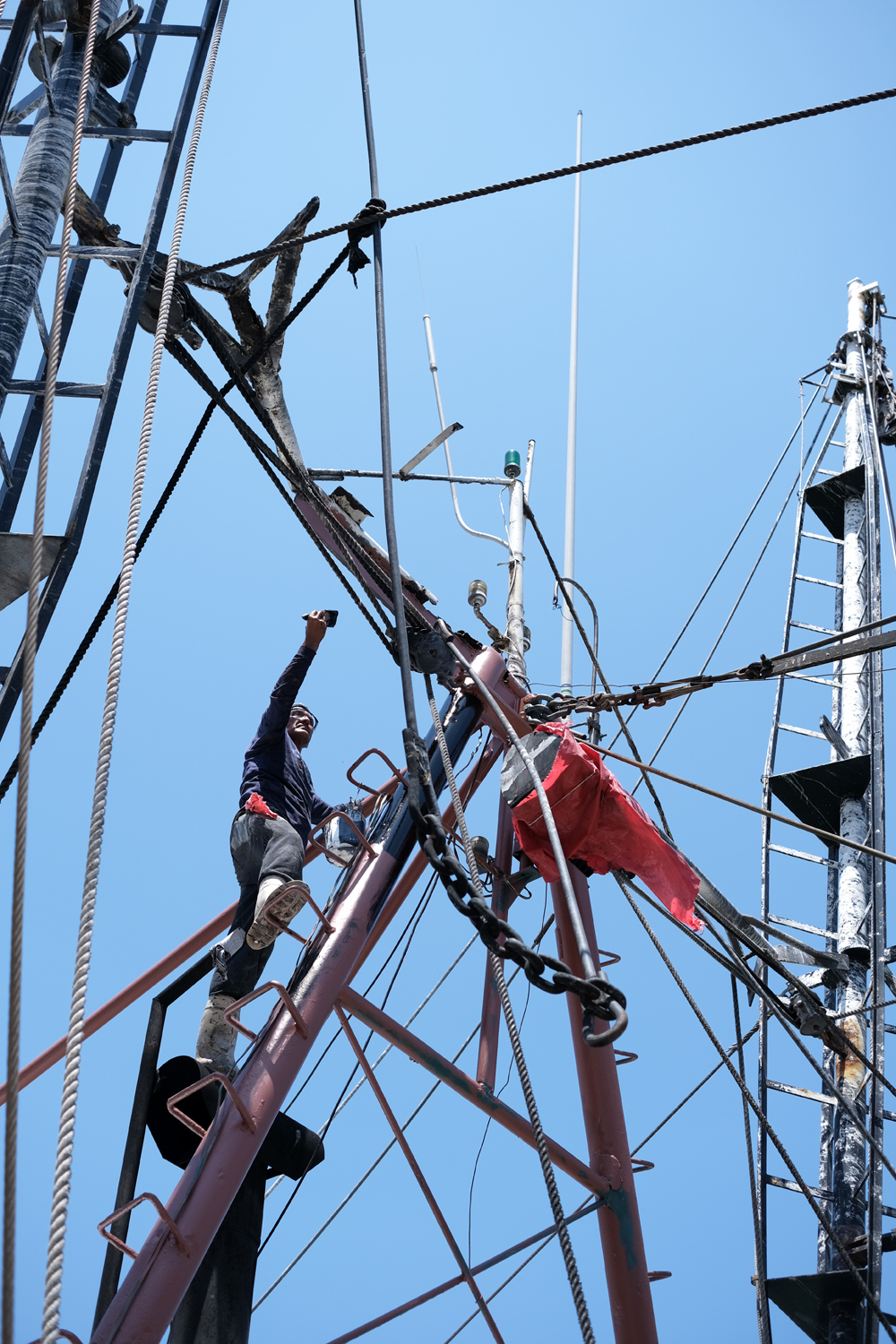
The spike in the price of dockside diesel, exacerbated by Russia’s invasion of Ukraine, means about 90% of the Brownsville-Port Isabel fleet of about 145 boats is tied up in the basin rather than out in the Gulf, because fishing is currently a money-losing proposition, said Hance, who owns two shrimp boats with her husband, Preston.
“We’ve all done the math and based on what the prices are now, break even would be about $3.50 (per gallon),” she said. “And then coming down below that, like $3.00 or $3.25, it may allow us to make a little bit of money.”
Shrimp boats hold between 15,000 and 25,000 gallons of fuel, depending on the size of the tank.
“Right now that’s anywhere from I think $70,000 to $100,000 to fill it up with fuel for 60 days (in the Gulf),” Hance said. “My pockets aren’t that deep.”
The local fleet normally fishes Louisiana waters, since Texas doesn’t open its shrimp season until July 15. Of the Brownsville-Port Isabel boats in the Gulf, likely half are headed back to port by now because they’re running on low on fuel — less expensive fuel purchased before the spike, Hance said.
“One of our boats still has 9,000 gallons of the cheap fuel, and we’re saving that before the season opens just to be on the safe side,” she said. “What everybody’s kind of thinking right now — unfortunately we’re not the most optimistic group — we just don’t see anything that’s going to cause those prices to come down. I hope I’m wrong.
“If they stay consistently high for the next several months, the problem with that is we’re going to lose our crew, and that’s a crisis on top of a crisis.”
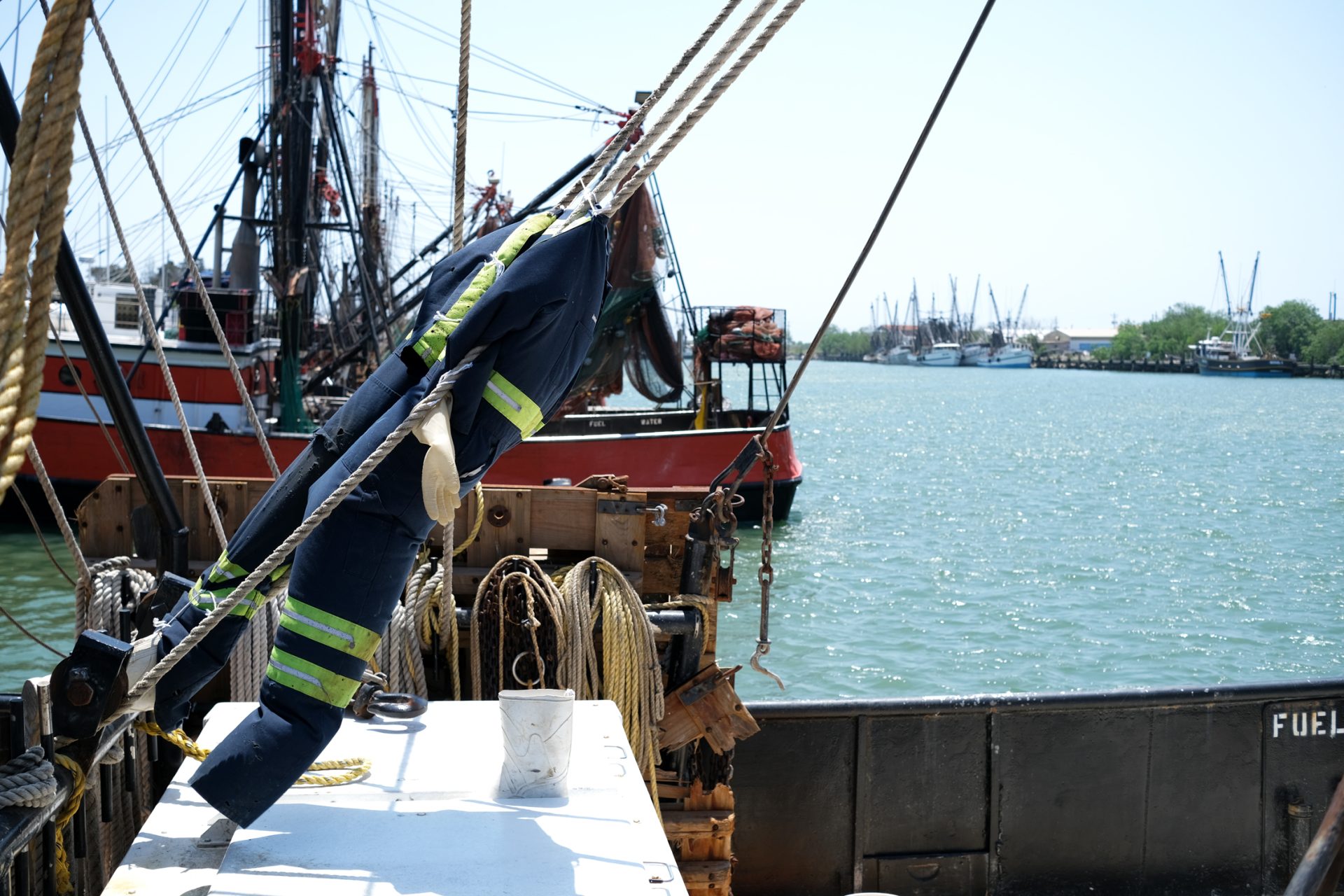
The industry was already dealing with a shortage of experienced, qualified workers, but was coming off a decent year in 2021 in terms of high prices even if the season’s harvest was average at best, Hance said. Then came the calamity of fuel prices.
“Preston and I are lucky with our two boats,” she said. “We have two captains that are financially secure for about six months. That’s unusual. And then we have a rig man. He lives paycheck to paycheck, so he’s already calling.”
Hance suspects that in the next month or so, as shrimp boat crew members unable to make a living max out their credit cards, they’ll have no choice but to find work elsewhere since boat owners, especially smaller operators, won’t be able to keep writing checks.
“That’s unfortunate, because we’re probably not going to be able to replace them, with their experience and all that,” she said. “If prices come down below $3.25 in the next week we might be OK. It’s just going to be really tight. … Certainly right now everybody’s just kind of waiting to see what they’re going to do.”
Hance is worried that she won’t have a crew left by the time the Texas season opens “because we can’t pay our guys.”
“Personally we can’t, and I can’t imagine anybody else going much deeper than we have,” she said. “We turned into a bank. At some we can’t afford to be a bank. We’re in uncharted waters. Let’s put it that way.”
Shrimp buyers, meanwhile, say they can’t push Gulf shrimp prices much higher because no one will buy it — the law of diminishing returns, Hance said. And because boats aren’t fishing, shrimp inventories have plummeted and buyers are snatching up what’s left fast, she said.
For consumers, Gulf shrimp is pricey and getting scarcer. For restaurants, offering Gulf shrimp becomes no longer an option once it reaches a certain price point.
“I think that’s where it’s kind of headed right now,” Hance said. “Unfortunately we’re not one of those industries that can just pass on the extra expense to our consumers, because they’ll just stop purchasing that shrimp and go back over to the old farm-raised, especially restaurants. I can’t blame them. They have to look out for their bottom line.”
High-end restaurants, rather than serving farm-raised shrimp, will simply remove shrimp from their menus until prices come down again, she said.
If and when fuel prices do come down enough that boats can make money again, then shrimp prices can come down a bit, making it attractive to consumers and restaurants again, Hance said.
“Good news doesn’t last very long in this industry,” Hance said. “If you would have talked to me last year I would have been a little more optimistic.”

